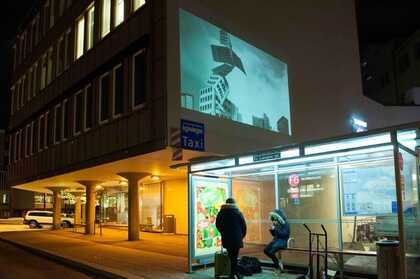Concept
The concept is easy: Follow us from wall to wall and thus from film to film. As a combination of urban discovery tour, short film program and (art) performance, A Wall is a Screen appropriates public space and brings cinema back to the street. Places and films enter a special connection and transform walls as well as other surfaces into screens. The city becomes one big cinema hall.
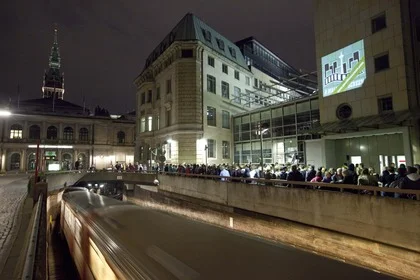
Through the combination of short films and locations, a new level of interpretation is placed on supposedly familiar spaces. The films comment on and expand the public space and thus provide new perspectives.
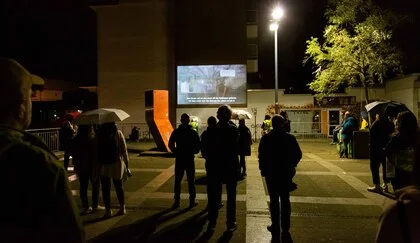
Inherent to the nature of the project are topics such as urban development, gentrification, architecture and many other social aspects such as mobility, participation, housing or homelessness. Depending on the orientation of the respective event, such topics can be addressed more strongly or they remain more in the background. As diverse and innovative as short film is, so diverse are the programs curated around the corresponding themes.
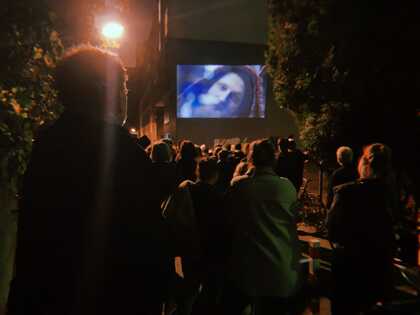
Since one focus of A Wall is a Screen is to create a connection between film and projection site, the senses are challenged quite differently than they would be in a quiet, dark movie theater. In addition, one's own city is experienced differently. A previously overlooked backyard, an inconspicuous side wall or even a main square are thus given a new visual level, which can perhaps also be a stimulus for a new creative approach to public space.
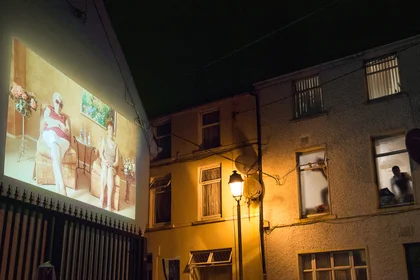
Each A Wall is a Screen event is unique and specific to the city and locations. Since only the starting location is announced and the film selection as well as the route remain a surprise, the carefully planned tours appear like spontaneous actions that passers-by curiously join or indirectly become actors.
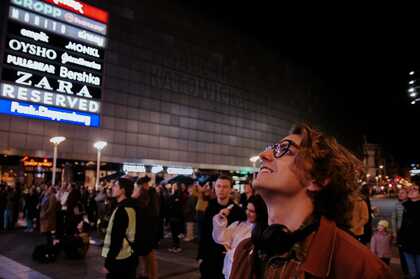
The curatorial work of A Wall is a Screen refers to the selection of films as well as to the critical approach to public space. Often, the respective topics develop in the discussion with the cultural actors and cooperation partners of the respective city. In this process, particularly concise focal points can emerge.
